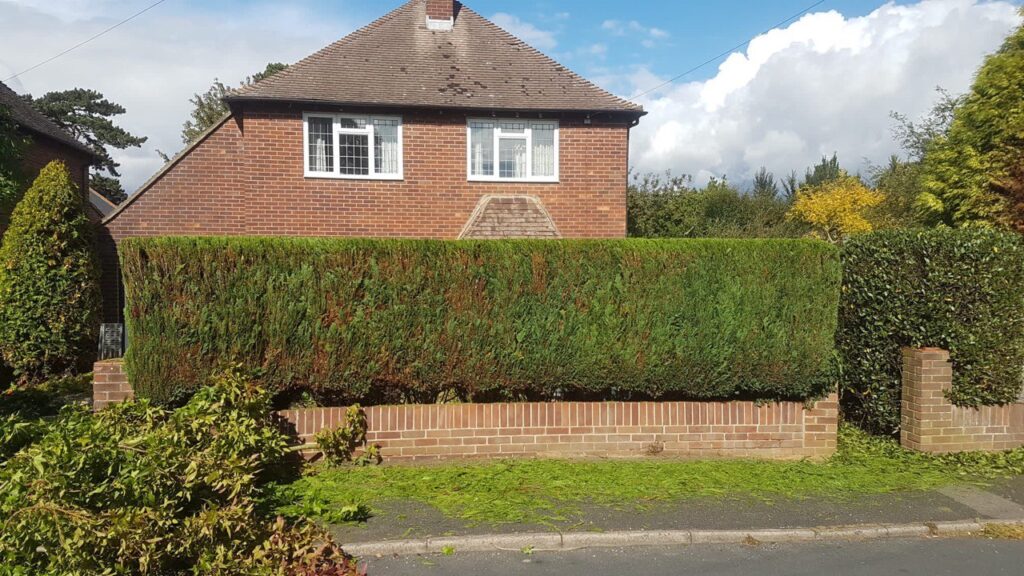Demystifying Stump Grinders: Understanding the Machinery
Introduction: Stump grinding is a vital aspect of tree removal, offering a safe and efficient method for eliminating tree stumps and roots from the ground. At the heart of this process lies the stump grinder, a powerful machine designed specifically for this task. In this blog post, we’ll delve into the anatomy of a stump grinder, exploring its components and how they work together to achieve effective stump removal.
The Components of a Stump Grinder:
- Cutting Wheel: The cutting wheel, also known as the grinding wheel or cutter wheel, is at the forefront of the stump grinder. This circular disc is equipped with razor-sharp teeth or blades that effectively chip away at the stump and roots. The size and configuration of the cutting wheel can vary depending on the stump grinder’s make and model, with larger wheels typically reserved for more substantial stumps.
- Engine or Motor: The cutting wheel is powered by a robust engine or motor located within the stump grinder. Gasoline-powered engines are common in larger stump grinders, providing ample horsepower to tackle challenging stumps, while smaller models may feature electric motors for quieter operation and reduced emissions.
- Hydraulic System: Hydraulic systems play a crucial role in controlling the movement and operation of the cutting wheel. These systems utilise hydraulic fluid to power the grinder’s various functions, including raising and lowering the cutting wheel, adjusting the cutting depth, and controlling the lateral movement of the cutting head.
- Frame and Chassis: The frame and chassis of a stump grinder provide the structural support and stability needed to withstand the rigours of stump grinding. Constructed from durable materials such as steel or aluminium, the frame houses the engine, hydraulic components, and cutting wheel assembly, ensuring reliable performance in challenging terrain.
- Controls and Operator Platform: Stump grinders are typically equipped with intuitive controls and an operator platform that allows the user to manoeuvre the machine with precision and ease. Control levers or joysticks enable the operator to adjust the cutting depth, engage the cutting wheel, and navigate around obstacles. In contrast, a comfortable operator platform provides a stable base for operation.
- Safety Features: Safety is paramount when operating a stump grinder, and modern machines are equipped with a range of safety features to protect the operator and bystanders. These may include emergency shutoff switches, protective guards around the cutting wheel, and safety interlocks that prevent the machine from operating unless certain conditions are met.
How Stump Grinders Work: Stump grinders operate by rotating the cutting wheel at high speed and lowering it onto the stump and roots. As the cutting wheel contacts the wood, the sharp teeth or blades chip away at the material, gradually reducing the stump to wood chips and mulch. The operator guides the machine over the stump, adjusting the cutting depth and direction to ensure complete removal.
Conclusion: Understanding the anatomy of a stump grinder is essential for anyone involved in tree removal or landscaping projects. By familiarising yourself with the components and operation of these powerful machines, you can ensure safe and efficient stump grinding, effectively clearing away unsightly stumps and reclaiming valuable outdoor space.
Call us on: 01953 667 637
Click here to find out more about Wymondham Tree Surgeons
Click here to complete our contact form and see how we can help with your tree’s needs.

